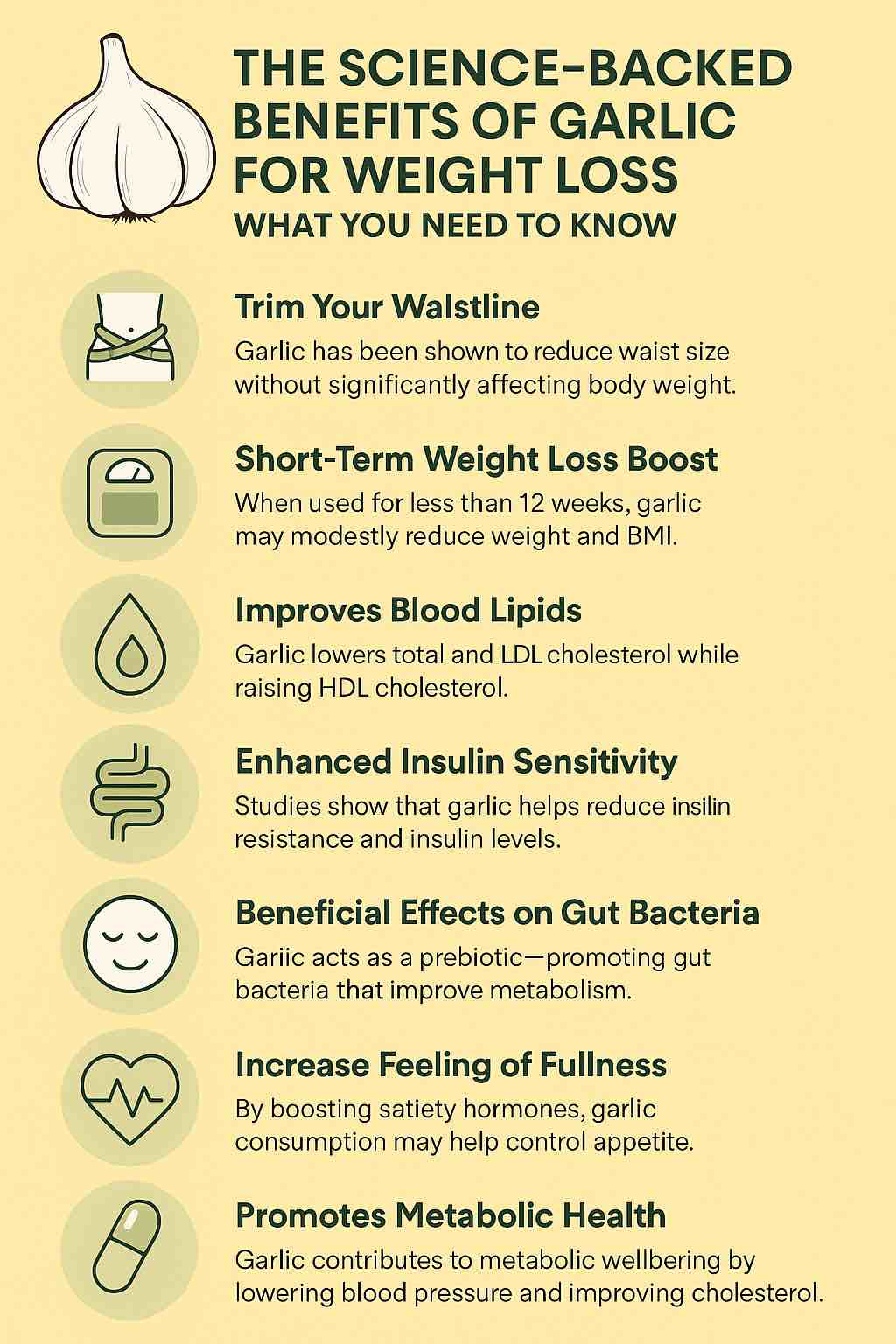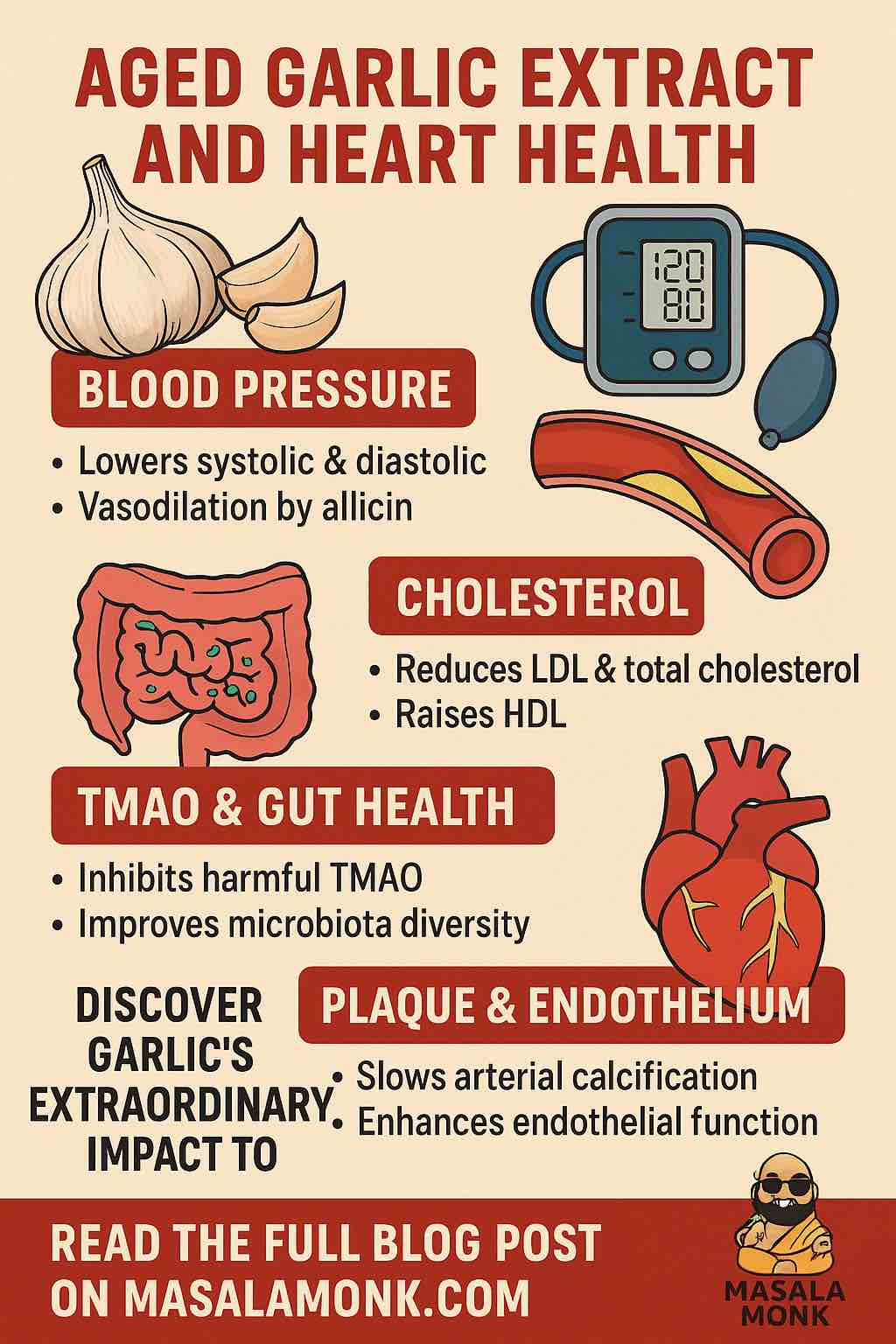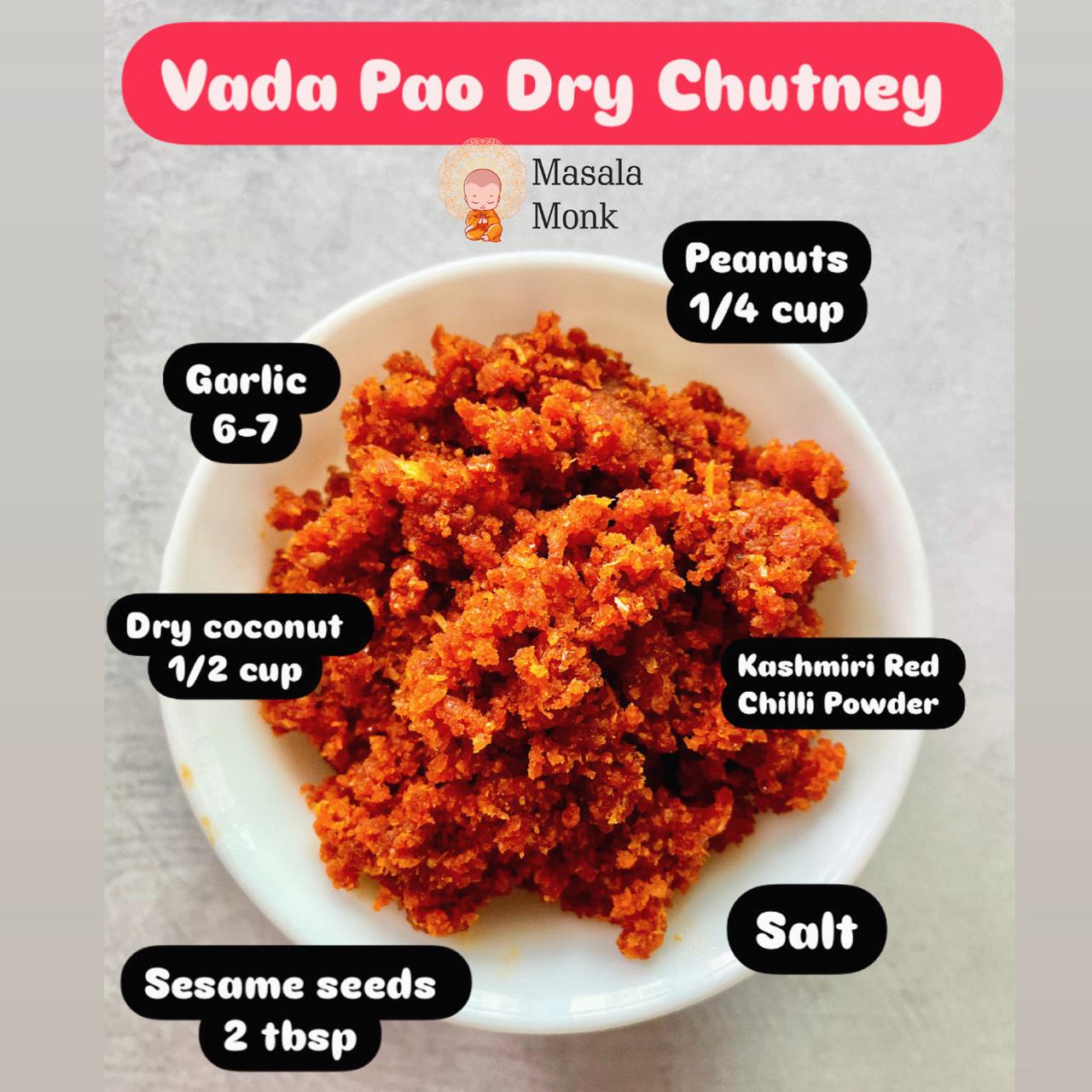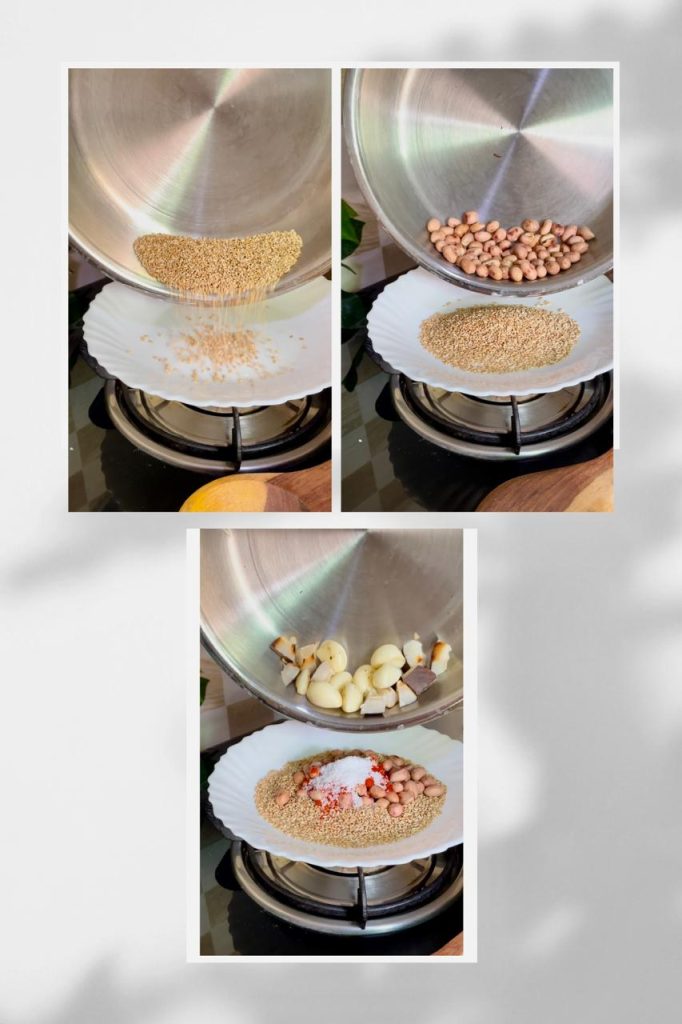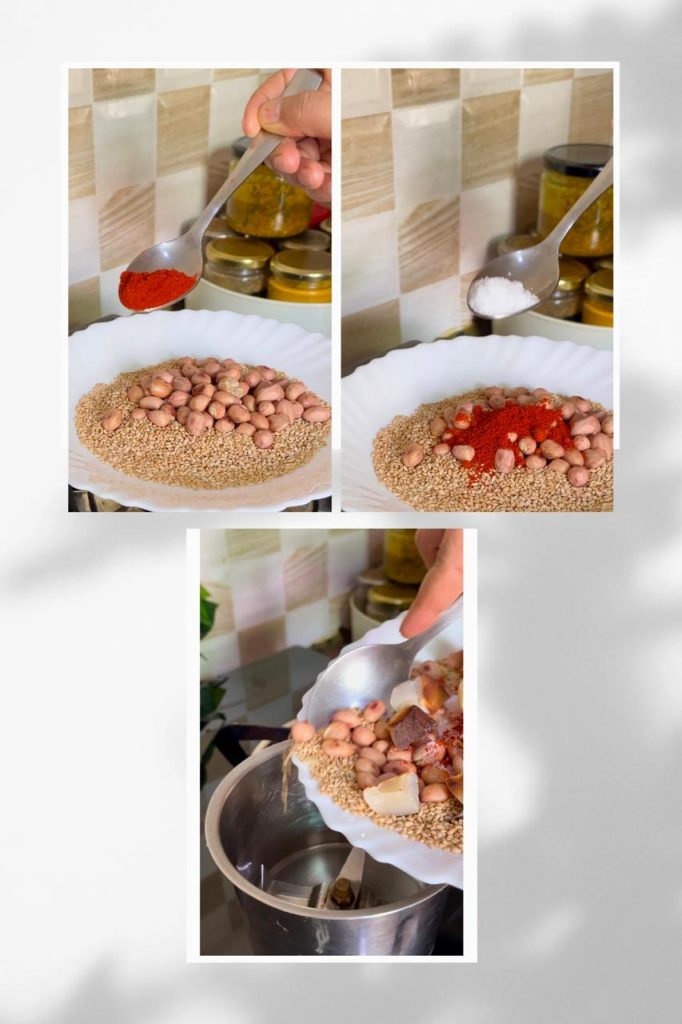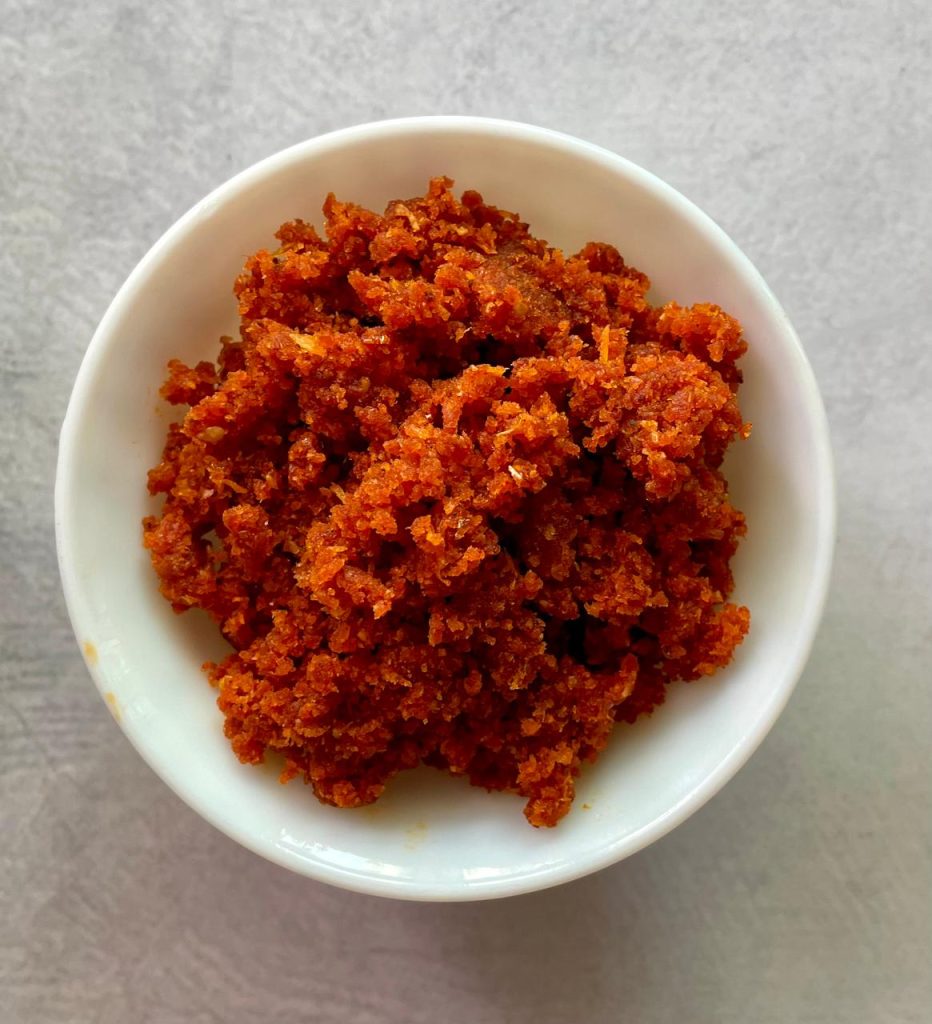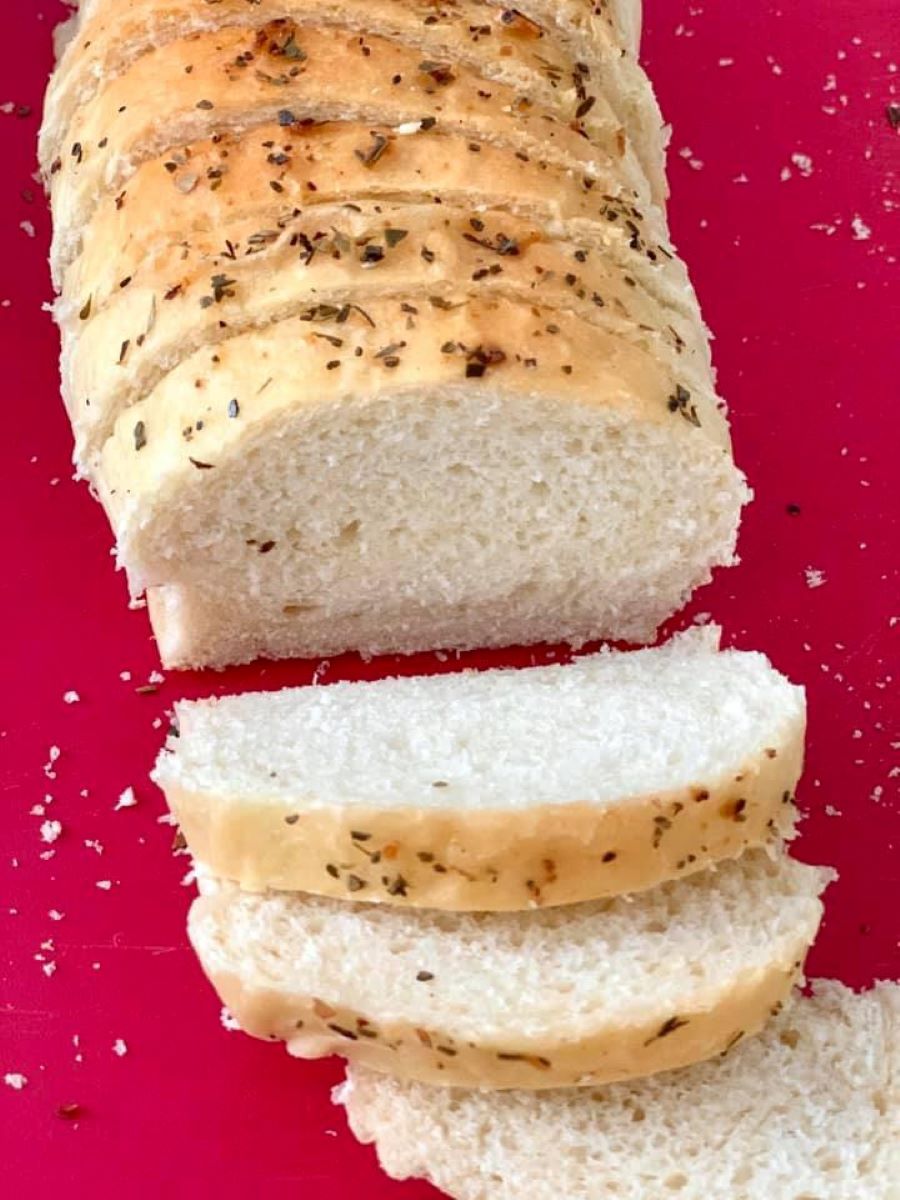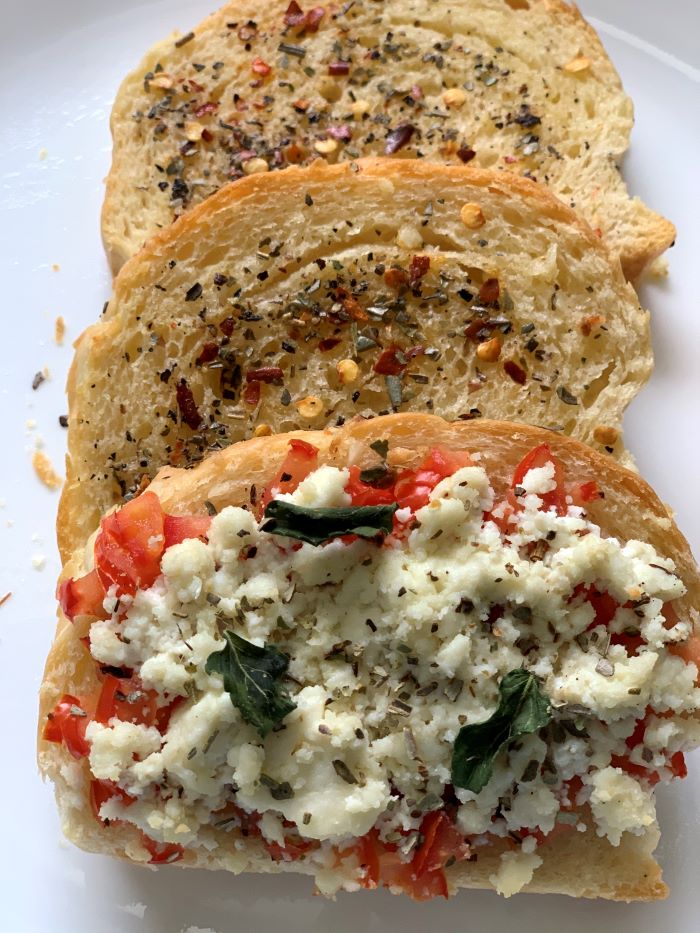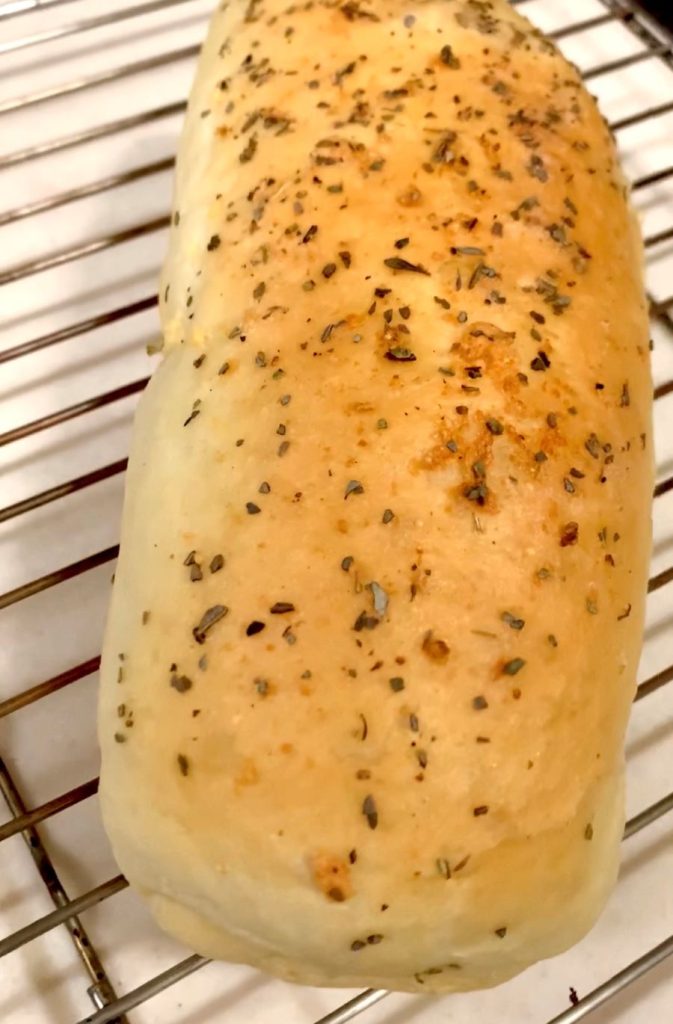
Introduction:
Welcome to a journey through the aromatic and healthful world of garlic, especially as it pertains to pregnancy. Often celebrated for its robust flavor in culinary circles, garlic is more than just a staple ingredient in kitchens around the globe; it’s a powerhouse of nutrients with a plethora of health benefits, particularly for expectant mothers.
In this post, we’re peeling back the layers (quite literally!) of this humble yet mighty bulb to reveal its surprising role in supporting a healthy pregnancy. From ancient civilizations to modern kitchens, garlic has been revered not only for its distinct taste but also for its medicinal properties. Rich in vitamins, minerals, and antioxidants, it’s a natural boon for both the mother-to-be and the developing baby.
As you embark on this exciting phase of life, navigating the do’s and don’ts of pregnancy nutrition can be overwhelming. The question of what’s safe and beneficial to eat is paramount. Garlic, with its unique compounds and health benefits, emerges as an intriguing ingredient to consider incorporating into your pregnancy diet.
But how does garlic specifically benefit pregnant women? Is it safe for all trimesters? And how much is just the right amount? We’ll delve into all these aspects, backed by scientific research and expert advice, to guide you through the potential benefits of garlic during pregnancy. Additionally, we’ll address common concerns and provide practical tips on how to include this superfood in your diet.
So, let’s embark on this flavorful and healthful exploration together, unraveling the mysteries of garlic and its impact on pregnancy. Get ready to be enlightened, as we uncover the top five benefits of including garlic in your prenatal diet.
Section 1: A Closer Look at Garlic’s Nutritional Profile and Its Significance in Pregnancy
As we delve deeper into the world of garlic, it becomes essential to understand its nutritional composition and why it’s particularly significant for expectant mothers. Garlic isn’t just a flavor enhancer; it’s a nutritional powerhouse, brimming with essential nutrients that play a crucial role in the health and development of both the mother and the unborn child.
1. Rich in Essential Nutrients: Garlic is loaded with vital nutrients that are particularly beneficial during pregnancy. It is an excellent source of vitamins B6 and C, both crucial for the development of the baby’s nervous system and immune function. Vitamin C also aids in the absorption of iron, a mineral vital for preventing anemia, a common concern during pregnancy. Additionally, garlic contains manganese, selenium, and fiber, all contributing to overall health and well-being.
2. The Magic of Allicin: One of garlic’s most notable compounds is allicin, which forms when garlic is crushed or chopped. This compound is not just responsible for garlic’s distinct aroma but also for its numerous health benefits. Allicin has been shown to have antibacterial, antiviral, and antifungal properties, making it a natural ally in boosting the immune system – a crucial aspect during pregnancy when the immune system is naturally more vulnerable.
3. Antioxidant Properties: Garlic’s antioxidant properties cannot be overstated. These properties are vital during pregnancy as they help combat oxidative stress, a condition that can lead to complications such as pre-eclampsia. The antioxidants in garlic help neutralize harmful free radicals, ensuring the mother’s body is better equipped to handle the physiological changes of pregnancy.
4. Cardiovascular Benefits: For expectant mothers, maintaining heart health is essential, and garlic steps up to this challenge. It helps in reducing cholesterol levels and lowering blood pressure. Given that high blood pressure is a concern during pregnancy, incorporating garlic into the diet can be a simple yet effective way to manage this risk.
5. Anti-inflammatory Effects: Pregnancy can often be accompanied by various aches and pains, and garlic’s anti-inflammatory properties can offer relief. By reducing inflammation, garlic not only helps alleviate general discomfort but also supports a healthier pregnancy overall.
6. Digestive Aid: Many women experience digestive issues during pregnancy. Garlic can aid digestion by stimulating the production of digestive enzymes, easing common problems such as bloating and constipation.
Understanding these nutritional aspects of garlic provides a solid foundation for why it’s considered a beneficial addition to a pregnancy diet. However, it’s also crucial to balance these benefits with an awareness of garlic’s potential side effects and how to incorporate it safely into your diet. In the following sections, we’ll explore the specific benefits of garlic during pregnancy, backed by scientific research and expert insights, ensuring you’re well-informed to make the best dietary choices during this special time.
Section 2: Unveiling the Top 5 Benefits of Garlic During Pregnancy
In this section, we dive into the heart of the matter, exploring the specific ways in which garlic can positively impact pregnancy. Each benefit is backed by scientific research, offering expectant mothers a deeper understanding of how this ancient herb can support their journey to motherhood.
1. Combatting Preeclampsia and Hypertension
- The Issue: Preeclampsia is a pregnancy complication characterized by high blood pressure and can pose serious risks to both mother and baby.
- Garlic’s Role: Studies have shown that garlic can help lower the risk of developing preeclampsia. Its natural ability to reduce blood pressure and cholesterol levels plays a significant role in this protective effect.
- Scientific Backing: A study indicated that daily intake of garlic supplements during the third trimester helped reduce the incidence of hypertension, a key factor in preeclampsia.
2. Enhancing Fetal Growth and Birth Weight
- The Concern: Low birth weight and preterm birth are significant concerns for many pregnant women.
- How Garlic Helps: Research has revealed that garlic can positively influence the birth weight of babies, especially those at risk of being underweight or born prematurely.
- Evidence: Experiments demonstrated that adding garlic extracts to placental cells stimulated growth, suggesting a link between garlic consumption and healthier fetal development.
3. Boosting Immunity and Fighting Infections
- The Challenge: Pregnant women often experience a natural weakening of the immune system, making them more susceptible to infections.
- Garlic’s Contribution: With its antimicrobial and antiviral properties, garlic is a natural immune booster, helping to protect against common illnesses like colds and flu.
- Research Insights: Various studies support garlic’s effectiveness in limiting the growth of harmful bacteria and viruses, thus safeguarding maternal health.
4. Reducing Risks of Gestational Diabetes
- The Risk: Gestational diabetes is a condition that affects many pregnant women, characterized by high blood sugar levels.
- Garlic’s Potential: Garlic has been found to have a positive effect on blood sugar control, potentially reducing the risk of gestational diabetes.
- Supportive Studies: A study in the International Journal of Reproductive BioMedicine found that pregnant women who consumed garlic had lower fasting blood sugar levels.
5. Alleviating Common Pregnancy Symptoms
- Common Discomforts: Nausea, vomiting, and digestive issues are frequent complaints during pregnancy.
- Garlic’s Relief: Garlic may help alleviate these common pregnancy symptoms, including morning sickness.
- Variable Responses: It’s important to note that individual responses can vary, and garlic may not have the same effect on every pregnant woman.
As we explore these benefits, it’s clear that garlic can be a valuable addition to a prenatal diet. However, it’s equally important to consider the proper ways to incorporate garlic into your meals, mindful of any potential side effects. This balance ensures that you can enjoy the advantages of garlic while maintaining overall health and safety during pregnancy. In the next section, we’ll delve into the best practices for including garlic in your diet and address any concerns you might have about its consumption during this critical phase of life.
Section 3: Navigating Garlic Consumption During Pregnancy: Balancing Benefits and Precautions
Having explored the myriad benefits of garlic during pregnancy, it’s now crucial to navigate its consumption mindfully. This section aims to guide expectant mothers on how to safely include garlic in their diet while being aware of potential risks and side effects.
1. Understanding Safe Consumption Levels
- Recommended Intake: Generally, consuming 1-3 cloves of garlic per day is considered safe for pregnant women. However, it’s essential to listen to your body and adjust accordingly.
- Raw vs. Cooked Garlic: While raw garlic is safe in moderation, some may find it harsh on the digestive system. Cooking garlic can mellow its intense flavor and make it easier on the stomach.
- Supplements and Pills: Unlike garlic in food, there is no consensus on the safety of garlic supplements during pregnancy. They should be used cautiously and only under medical supervision.
2. Potential Side Effects and How to Mitigate Them
- Digestive Discomfort: Garlic can cause heartburn or indigestion in some pregnant women. Cooking garlic or using it in smaller quantities can help reduce these effects.
- Blood Thinning Properties: Due to its natural blood-thinning capabilities, garlic should be consumed cautiously, especially if you’re on blood-thinning medication or have a history of bleeding disorders.
- Smell Sensitivity: Pregnancy can heighten the sense of smell, making the strong aroma of garlic unpleasant for some. Using garlic-infused oils or garlic powder might be more tolerable alternatives.
3. Incorporating Garlic into Your Pregnancy Diet
- Creative Cooking: Add garlic to soups, stir-fries, and pasta dishes. Its versatility makes it easy to include in a variety of meals.
- Balancing Flavors: If you’re sensitive to the taste, balance garlic with other flavors like herbs and spices to create more palatable dishes.
- Trying Garlic-Infused Recipes: For a subtler garlic flavor, try recipes where garlic is infused rather than used as a primary ingredient, such as in garlic-infused olive oil for dressings or marinades.
4. Consulting Healthcare Providers
- Professional Advice: Always consult with your healthcare provider before making significant dietary changes or starting any supplements, especially during pregnancy.
- Individualized Recommendations: Every pregnancy is unique, and what works for one person may not be suitable for another. Your healthcare provider can offer tailored advice based on your health history and pregnancy progress.
5. Listening to Your Body
- Monitoring Reactions: Pay attention to how your body reacts after consuming garlic. If you experience any adverse effects, it’s crucial to adjust your intake.
- Personal Preferences and Tolerances: Respect your body’s signals. If garlic doesn’t agree with you, it’s okay to limit or avoid it.
In conclusion, while garlic can offer significant benefits during pregnancy, it’s important to approach its consumption thoughtfully and responsibly. By understanding the safe levels of intake, mitigating potential side effects, and incorporating garlic into your diet in a balanced manner, you can enjoy its benefits while ensuring the health and safety of both you and your baby. Remember, when in doubt, always seek guidance from your healthcare provider. In the next section, we will look at some delicious and easy-to-prepare garlic-infused recipes that are perfect for expectant mothers.
Section 4: Garlic-Infused Recipes for Expectant Mothers
Having established the importance of garlic in a prenatal diet, let’s turn to the practical aspect: incorporating this versatile ingredient into everyday meals. This section will offer a range of garlic-infused recipes tailored for expectant mothers, focusing on both nutrition and ease of preparation. Whether you’re a culinary novice or a kitchen pro, these recipes are designed to be both delicious and beneficial for your pregnancy journey.
1. Garlic and Herb Roasted Vegetables
- Ingredients: A mix of your favorite vegetables (carrots, bell peppers, zucchini, etc.), 3-4 cloves of garlic, olive oil, mixed herbs (like rosemary, thyme, and oregano), salt, and pepper.
- Preparation: Toss the vegetables and finely chopped garlic in olive oil, herbs, salt, and pepper. Roast in a preheated oven at 400°F for 25-30 minutes until tender. This dish is packed with vitamins and fiber, essential for pregnancy health.
2. Soothing Garlic Soup
- Ingredients: 1 head of garlic (cloves separated and peeled), low-sodium chicken or vegetable broth, a small onion, a potato, olive oil, salt, and pepper.
- Method: Sauté garlic and onion in olive oil until golden. Add diced potato, broth, and seasoning. Simmer until the potato is soft. Blend for a smooth texture. This soup is great for boosting immunity and aiding digestion.
3. Garlic Lemon Chicken
- Ingredients: Chicken breasts, 2-3 cloves of garlic, lemon juice, olive oil, honey, salt, pepper, and fresh herbs.
- Cooking: Marinate chicken with garlic, lemon juice, olive oil, honey, salt, and pepper. Grill or bake until cooked through. This protein-rich dish is excellent for fetal development and maternal health.
4. Garlic-Infused Pasta
- Ingredients: Your choice of pasta, 2-3 cloves of garlic, olive oil, cherry tomatoes, fresh basil, grated Parmesan cheese.
- Preparation: Cook pasta al dente. In a pan, lightly sauté garlic in olive oil. Add cherry tomatoes and cooked pasta. Garnish with basil and Parmesan. A perfect blend of carbohydrates, healthy fats, and essential nutrients.
5. Garlic Ginger Stir-Fry
- Ingredients: Mixed vegetables (like broccoli, snap peas, bell pepper), tofu or chicken, garlic, ginger, soy sauce, sesame oil.
- Method: Stir-fry garlic, ginger, protein choice, and vegetables. Add soy sauce and sesame oil. Serve with rice or noodles. This meal is ideal for its balance of protein, vitamins, and antioxidants.
6. Garlic and Mint Yogurt Dip
- Ingredients: Greek yogurt, a clove of garlic, fresh mint, lemon juice, olive oil, salt.
- Preparation: Mix minced garlic, chopped mint, lemon juice, olive oil, and salt into the yogurt. Serve with vegetable sticks or whole-grain pita. This dip is rich in calcium and probiotics, beneficial for digestive health.
7. Roasted Garlic Hummus
- Ingredients: Canned chickpeas, a head of roasted garlic, tahini, lemon juice, olive oil, cumin, paprika, salt.
- Method: Blend all ingredients until smooth. Adjust seasoning to taste. Serve with vegetable sticks or crackers. This snack is high in fiber and protein, making it a nutritious choice for pregnant women.
Tips for Cooking with Garlic:
- Moderation is Key: Remember to use garlic in moderation. The recipes are designed to provide the benefits of garlic without overpowering your dishes.
- Adjust to Taste and Tolerance: Feel free to adjust the amount of garlic based on your personal preference and how your body reacts to it during pregnancy.
These recipes are more than just a way to add flavor to your meals; they’re crafted to support your health and your baby’s development during pregnancy. Next, we’ll discuss some final thoughts and tips on incorporating garlic into your prenatal nutrition plan, ensuring a balanced and enjoyable culinary experience.
Section 5: Final Thoughts and Tips on Garlic Consumption During Pregnancy
As we wrap up our exploration of garlic’s role in prenatal nutrition, it’s important to consolidate our understanding and prepare for a balanced, garlic-inclusive diet during pregnancy. This final section offers practical tips, addresses common concerns, and encourages a holistic approach to nutrition for expectant mothers.
1. Balancing Garlic Intake with Overall Diet
- Dietary Diversity: While garlic is beneficial, it’s important to remember it’s just one part of a varied and balanced diet. Ensure you’re getting a wide range of nutrients from fruits, vegetables, whole grains, lean proteins, and healthy fats.
- Portion Control: Be mindful of garlic portions in your meals. The recommended 1-3 cloves per day should be balanced with other ingredients to avoid overpowering flavors or digestive discomfort.
2. Addressing Common Concerns and Misconceptions
- Myth-Busting: There’s a lot of information and misinformation about what’s safe during pregnancy. It’s crucial to rely on credible sources and consult healthcare providers for clarification.
- Listening to Your Body: Every pregnancy is unique. If garlic causes discomfort or adverse reactions, it’s okay to reduce or eliminate it from your diet.
3. Creative Culinary Exploration with Garlic
- Experiment with Recipes: Use garlic in different culinary styles – from Mediterranean to Asian – to enjoy a range of flavors and health benefits.
- Garlic as a Flavor Enhancer: Remember, garlic is a flavor enhancer. Use it to enrich the taste of bland foods, which can be particularly appealing if you’re experiencing changes in taste due to pregnancy.
4. Understanding Garlic’s Role Beyond the Kitchen
- Health Beyond Pregnancy: The benefits of garlic extend beyond pregnancy. Its role in cardiovascular health, immune support, and overall well-being makes it a valuable addition to your postpartum diet.
- Cultural and Historical Perspectives: Garlic has been valued in various cultures for its medicinal properties. Embracing these traditions can add a meaningful dimension to your dietary choices.
5. Safety and Moderation: The Key Principles
- Consulting Healthcare Providers: Regularly discuss your diet with your healthcare provider, especially when introducing supplements or making significant dietary changes.
- Mindful Consumption: Always consume garlic in moderation to enjoy its benefits without experiencing potential side effects.
6. Incorporating Garlic into Family Meals
- Family-Friendly Recipes: Many garlic-infused recipes can be enjoyed by the whole family, making meal preparation simpler and more inclusive.
- Educating Family Members: Share the knowledge about garlic’s benefits with your family, so they understand and support your dietary choices during pregnancy.
7. Embracing a Holistic Approach to Prenatal Care
- Beyond Diet: Remember that prenatal care involves more than just diet. Adequate rest, gentle exercise, stress management, and regular prenatal check-ups are equally important.
- Emotional and Mental Well-being: Take time for self-care and emotional well-being, as they are crucial components of a healthy pregnancy.
In conclusion, garlic can be a valuable and safe addition to a prenatal diet when used judiciously. By balancing its intake with a diverse and nutrient-rich diet, paying attention to your body’s responses, and consulting with healthcare professionals, you can harness the benefits of garlic while enjoying a healthy, flavorful culinary journey during your pregnancy. As you prepare for the arrival of your little one, let your diet, including the wondrous bulb of garlic, be a part of your joyful and healthful pregnancy experience.
Section 6: Nurturing Your Pregnancy with Garlic-Inclusive Nutrition: A Comprehensive Guide
In this final section, we’ll consolidate all the insights gathered about garlic in pregnancy and provide a comprehensive guide to nurturing your pregnancy with a garlic-inclusive diet. This guide will serve as a resourceful companion for expectant mothers seeking to optimize their health and their baby’s development through informed dietary choices.
1. Integrating Garlic into a Holistic Prenatal Nutrition Plan
- Understanding Nutritional Needs: Recognize the increased nutritional requirements during pregnancy, including the need for vitamins, minerals, proteins, and healthy fats.
- Garlic’s Role in Meeting These Needs: Garlic contributes to these nutritional requirements by offering vitamins B6 and C, manganese, and essential antioxidants.
2. Tailoring Garlic Consumption to Pregnancy Stages
- First Trimester Focus: During early pregnancy, when nausea and food aversions are common, introduce garlic gradually and in smaller amounts.
- Second and Third Trimesters: As the pregnancy progresses and the digestive system stabilizes, you can increase garlic intake, provided it is well-tolerated.
3. Diverse Ways to Include Garlic in Your Diet
- Fresh, Cooked, and Supplemental Forms: Explore various forms of garlic – from fresh cloves in cooking to garlic oil and supplements, based on personal preference and tolerance.
- Recipe Adaptation: Adapt recipes to include garlic in a way that suits your palate and digestive comfort.
4. Mindful Consumption and Listening to Your Body
- Monitor Body Responses: Pay close attention to how your body reacts to garlic. Adjust your intake if you experience any discomfort like heartburn or indigestion.
- Avoiding Overconsumption: Be cautious with the quantity of garlic consumed. Excessive intake can lead to undesirable side effects, particularly in a pregnant body.
5. Consulting Healthcare Professionals
- Regular Check-ins: Discuss your diet, including garlic consumption, with healthcare providers during prenatal visits.
- Supplemental Use: Specifically discuss the use of garlic supplements, as they have different implications than dietary garlic.
6. Combining Garlic with Other Nutrient-Rich Foods
- Pairing for Enhanced Benefits: Combine garlic with other nutritious foods like leafy greens, lean proteins, and whole grains to amplify the health benefits.
- Creating Balanced Meals: Aim for meals that provide a balance of carbohydrates, proteins, fats, and micronutrients, with garlic as a complementary ingredient.
7. Practical Tips for Everyday Cooking
- Simple Preparation Techniques: Learn simple methods to prepare garlic, such as roasting, which can enhance flavor while reducing pungency.
- Incorporating into Breakfast, Lunch, and Dinner: Explore ways to add garlic to various meals throughout the day, ensuring a steady intake of its benefits.
8. Adapting to Taste Changes and Sensitivities
- Coping with Sensory Changes: If pregnancy alters your taste or smell sensitivity, try different forms of garlic, like garlic powder or mild roasted garlic, which might be more palatable.
- Alternative Flavoring Options: In case of aversion to garlic, seek alternative seasonings that provide similar health benefits, such as ginger or turmeric.
9. Encouraging Family Involvement
- Shared Meal Planning: Involve your family in meal planning and preparation, incorporating garlic in dishes that everyone can enjoy.
- Educational Aspect: Use this as an opportunity to educate family members about the benefits of garlic and the importance of nutritious eating during pregnancy.
10. Postpartum and Beyond
- Continuing Garlic Post-Delivery: Consider maintaining a garlic-rich diet postpartum, especially if breastfeeding, to continue reaping its health benefits.
- Long-term Health Habits: Use your pregnancy as a stepping stone to establish long-term healthy eating habits, with garlic as a staple in your family’s diet.
In summary, garlic can play a valuable role in prenatal nutrition, offering numerous health benefits when consumed responsibly. By integrating garlic into a balanced diet, monitoring your body’s response, and seeking guidance from healthcare professionals, you can effectively leverage garlic’s nutritional properties to support a healthy pregnancy and beyond. Remember, the key is moderation and mindfulness in consumption, ensuring both you and your baby’s well-being throughout this special journey.
FAQs
- Is it safe to eat garlic during pregnancy?
- Yes, eating garlic in moderation is generally safe during pregnancy and can offer numerous health benefits. However, it’s advisable to consult with your healthcare provider, especially if you have any specific health concerns.
- How much garlic can I safely consume each day during pregnancy?
- Consuming 1-3 cloves of garlic per day is typically considered safe for pregnant women. Remember, moderation is key.
- Can garlic help in reducing the risk of preeclampsia?
- Yes, studies suggest that garlic can help lower the risk of developing preeclampsia by reducing blood pressure and cholesterol levels.
- Does garlic offer benefits for my baby’s growth?
- Research indicates that garlic may improve birth weight in babies, particularly those at risk of being small or having a pre-term birth.
- Can eating garlic boost my immune system during pregnancy?
- Garlic is known for its antimicrobial and antiviral properties, which can strengthen the immune system and help fight off infections.
- Are there any side effects of consuming garlic while pregnant?
- While garlic is generally safe, excessive consumption can lead to heartburn, indigestion, or excessive bleeding, especially if you’re taking blood-thinning medication.
- Can garlic supplements be taken during pregnancy?
- The safety of garlic supplements in pregnancy is less clear than dietary garlic. It’s best to consult with your healthcare provider before taking any garlic supplements.
- Does garlic help with common pregnancy symptoms like nausea?
- Some women find that garlic helps alleviate nausea and vomiting, but this can vary. If garlic aggravates your nausea, it’s best to reduce its intake.
- Can eating garlic affect the flavor of breast milk?
- Garlic can pass into breast milk, potentially altering its flavor. Some babies may be sensitive to this change, so monitor your baby’s reaction.
- How can I include garlic in my pregnancy diet?
- Garlic can be added to a variety of dishes, including soups, stews, stir-fries, and pastas. It’s also great in roasted vegetable dishes and as a seasoning for meats.
Blog Tags for the Post:
pregnancy nutrition, garlic benefits, maternal health, prenatal diet, immune support during pregnancy, managing preeclampsia, healthy recipes, natural remedies, dietary guidelines for pregnancy, garlic in cooking
